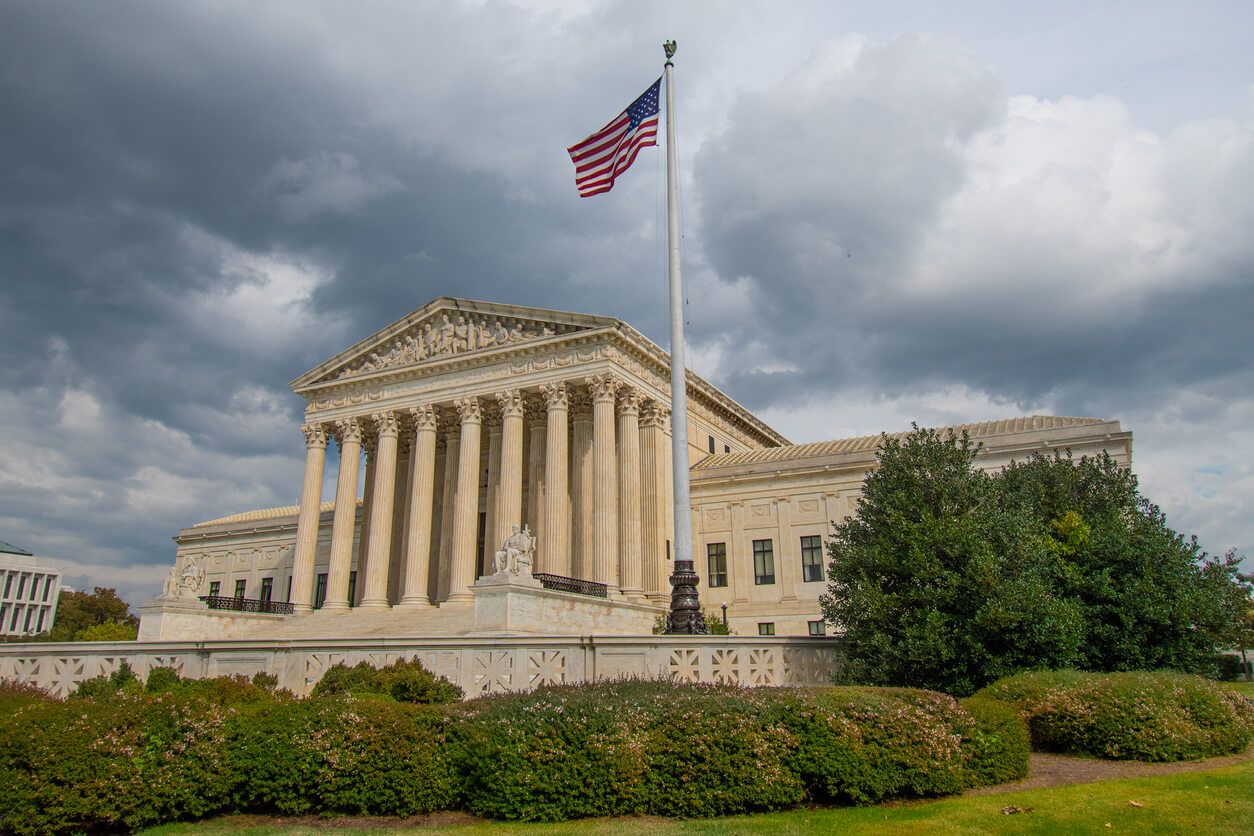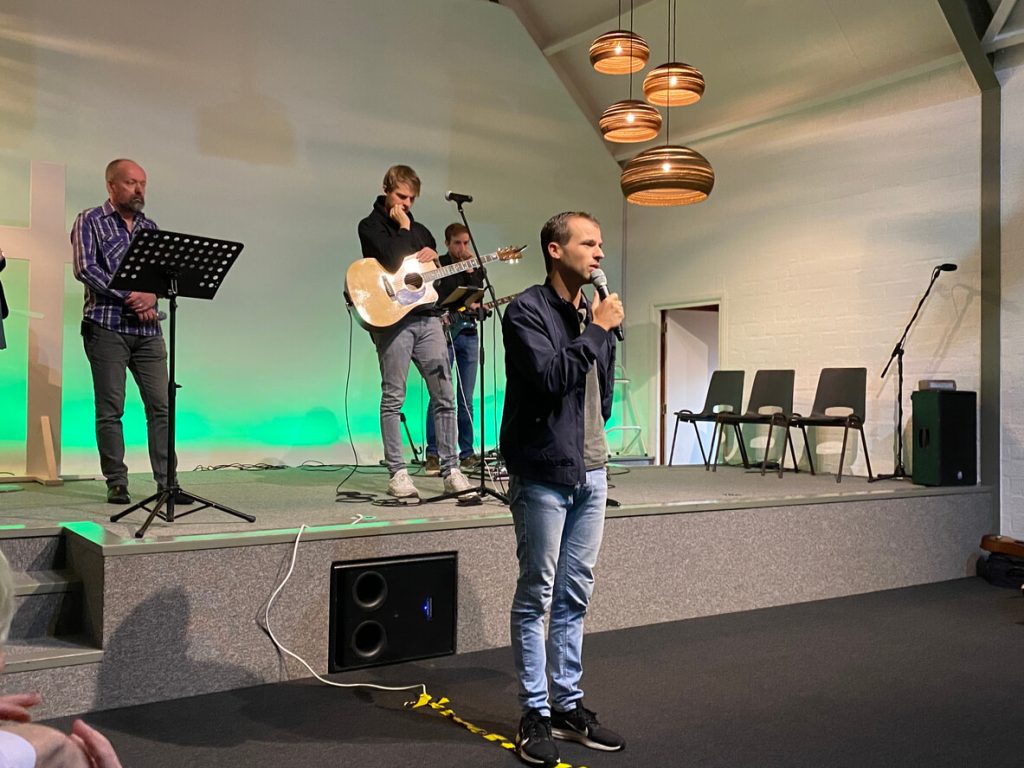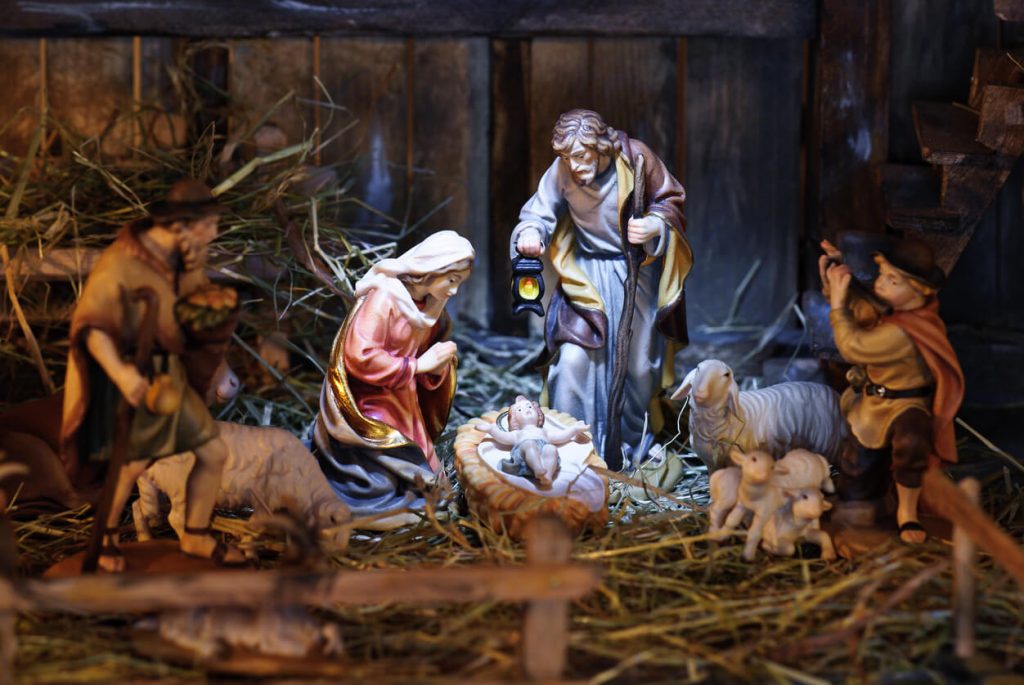The story about legal regulation of pornography has three main chapters.
Obscenity Laws in the United States
One has to do with hard-core pornography which the law deems to be “obscene.” “Obscenity” has almost no constitutional protection at all; the one exceptional situation is where someone possesses “obscenity” in one’s own home. “Obscene” materials may otherwise be treated by the various levels of government (federal, state, local) as criminal matter, as contraband just like narcotics.
In 1973, the Court in Miller v. California defined “obscenity” in the following words: “[O]bscenity” is limited to those “works which, taken as a whole, appeal to the prurient interest in sex, which portray sexual conduct in a patently offensive way and which, taken as a whole, do not have serious literary, artistic, political, or scientific value.” Miller is the case which limited “obscenity” to “works which depict or describe sexual conduct.” No matter how repulsive a movie scene of violence (for example) might be, it is nonetheless not a candidate for “obscenity.”
American society is awash in “obscene” material, mainly because there is, sadly, a great appetite for it which the Internet (in large part) satisfies. Law enforcement agencies cannot do very much to combat this traffic in “obscenity.” There is an almost limitless number of suppliers; many of them are overseas and there are many millions of ready consumers here at home. Law enforcement is hampered too by the widespread belief that “obscenity” is harmless to those who view it. Recent research shows this view to be false; many habitual users of obscene material are distorting their personalities and making themselves unsuitable as spouses. Police authorities nonetheless tend to devote their limited resources in this area to dealing with the second chapter—child pornography.
Child Pornography Laws in the United States
In Osborne v. Ohio (1990) the Supreme Court held that the criminalization of possessing “child pornography” even in one’s own home was constitutional. This is one difference from adult “obscenity.” Another difference is that the definition of “child pornography” is much broader than that for “obscenity.” Images of children which would not be “obscene” if they depicted an adult are prohibitable “child pornography.” (For example, pictures of a nude child in any sort of sexually provocative pose could be legally banned, whereas such a depiction of an adult could not be.) One curiosity about child pornography is that the Court has based its harsher treatment of it on protecting the “victims of child pornography.” But these “victims” are not children in general. Nor are these “victims” the morally degraded consumers of child pornography. The Court’s victims are exclusively the children depicted in the materials. The reason for the Osborne ruling was the “. . . hope to destroy a market for the exploitative use of children” in making kiddie porn.
This rationale was confirmed by seven members of the Court just months ago. In United States v. Williams (2008), they wrote: “[c]hild pornography harms and debases the most defenseless of our citizens.” However, Williams defined child pornography as only material “depicting actual children engaged in sexually explicit conduct.” Material containing virtual child pornography or adults who look like children do not exploit society’s “defenseless.” The state’s authority to combat “child pornography” therefore has almost nothing to do with sexual perversion and public morality, because Osborne and Williams are about child labor practices. Nonetheless, law enforcement expends considerable resources combating “kiddie porn.” And sentences for those convicted even of simple possession of these images are often very severe.
Regulation of Sexual Explicit Material In the United States
The third chapter in this story has to do with sexually explicit material and conduct which is not legally “obscene.” As I have already implied, this class of material has constitutional protection and may not be altogether prohibited by the government. But the public authorities may adopt reasonable time, place, and manner restrictions on it. Thus the town authorities may not be able to ban an “adult bookstore.” But they may require (through zoning laws) that it be located out near the highway. They may also require that its signage not be lurid (lest passing children and uninterested adults be accosted against their will by salacious images). Radio and television regulators may also ban some non-obscene material from the public airwaves, and punish violators (as they did with Janet Jackson’s Super Bowl “wardrobe malfunction”).
Prior to 1957 (Butler v. Michigan), American courts largely followed the ancient common law doctrine from Regina v. Hicklin (1868). In that famous English decision, the test for “obscenity” was “whether the tendency of the matter charged as obscenity is to deprave and corrupt those whose minds are open to such immoral influences, and into whose hands a publication of this sort may fall.” Until that time laws banned “filthy,” “lewd,” “indecent,” and “immoral” material, without definitions. During that period, the law’s commitment was to protect the morality of the weaker among us. Protecting decency with undefined legal terms to help the morally weak served the common good by promoting public morality. However, in the past fifty years, the Supreme Court has pushed public morality off to the margins, in favor of ever more freedom of expression, even where the “expression” is morally corrupting.







